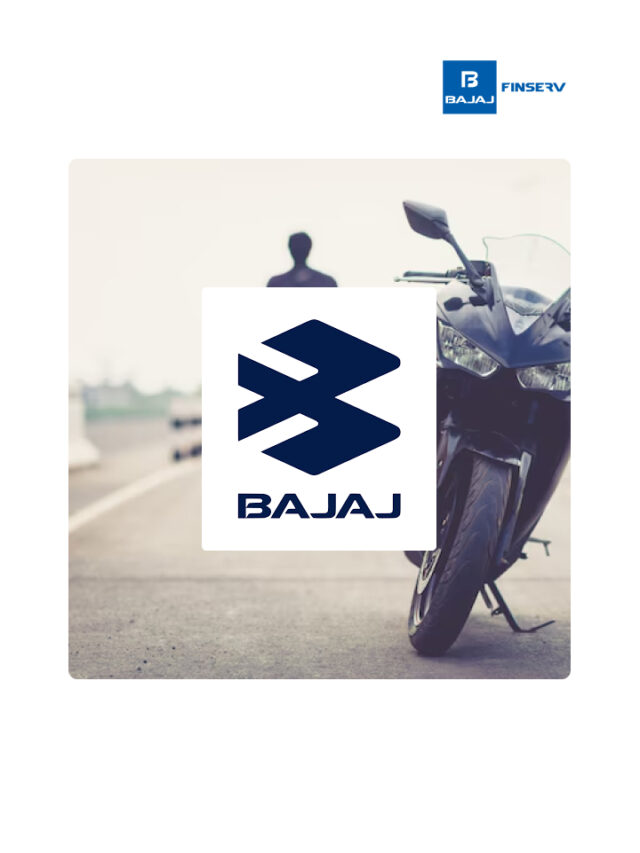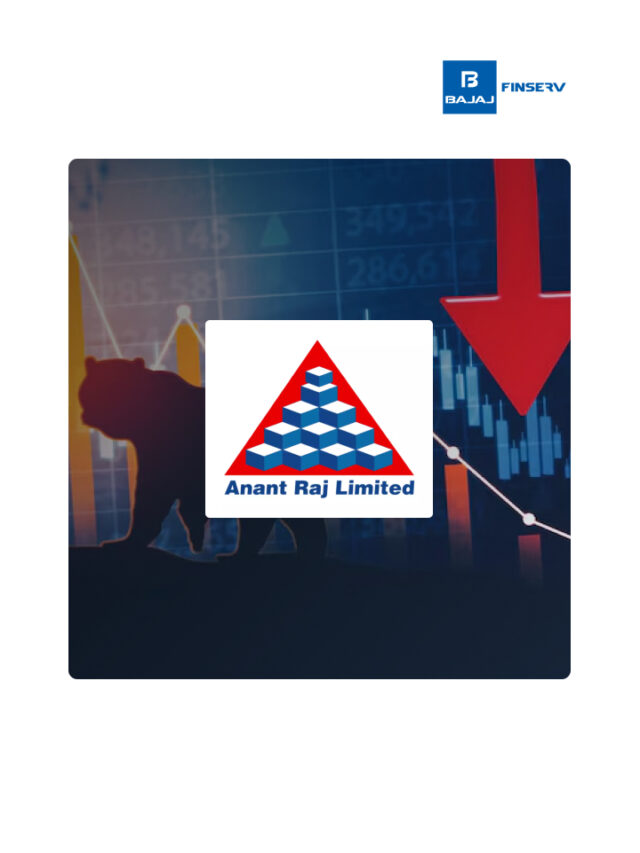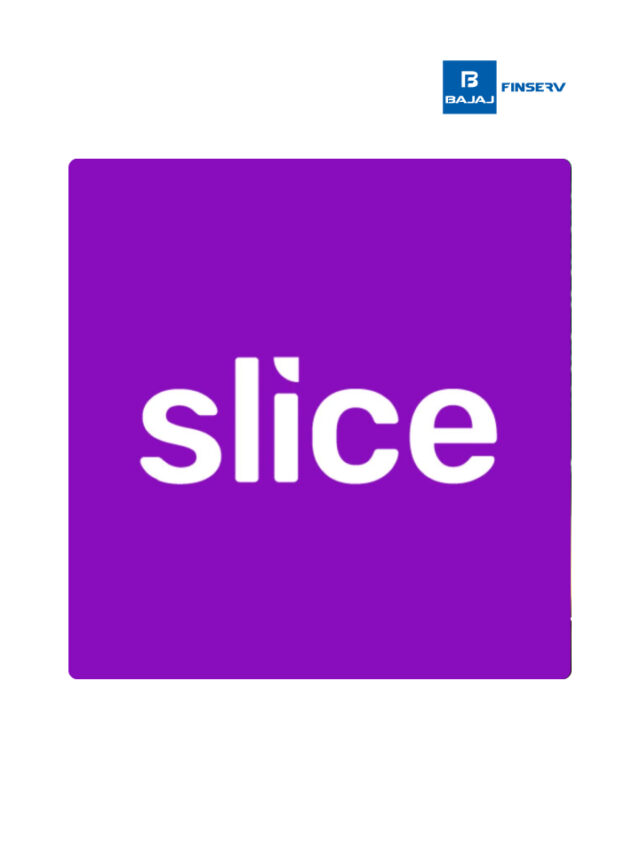Introduction To Put Writing
Last Updated on November 30, 2023 by BFSLTeam BFSLTeam

Table of Content [hide]
What Is Put Writing
Put writing means a strategy in the world of options trading where an investor sells put options to other market participants. Put options grant the holder the right, but not the pledge, to sell a base asset at a predetermined strike price before or on a specific expiration date. As the put writer, you get a premium via the put option buyer in exchange for assuming the potential obligation to buy the base asset at the strike price if the option is exercised. This strategy is employed for various purposes, such as generating income or hedging against potential declines in the value of the underlying asset.
By selling put options, you can potentially profit from the premium collected if the option expires worthless, meaning the underlying asset’s price remains above the strike price. However, there are risks involved, particularly if the asset’s price drops significantly, as you may be obligated to buy it at the strike price, potentially resulting in losses. Put writing is a versatile strategy that requires careful consideration and risk management to be successful.
What Is Call Writing And Put Writing?
Call writing and put writing are options trading strategies. Call writing involves selling call options, granting the buyer the right to purchase an underlying asset at a specified strike price. The call writer receives a premium but is obligated to sell the asset if the option is exercised. This strategy is used when one expects the asset’s price to remain below the strike price.
Put writing, on the other hand, entails selling put options, giving the investor the option to sell the base asset at a specified strike price. The put writer gets the premium but is obligated to buy the asset if the option is exercised. It is used when one expects the asset’s price to remain over the strike price. Both strategies involve risk and can serve different financial objectives.
Who Should Opt For Put Writing?
Put writing can be an appealing strategy for certain types of investors and traders, but it’s not suitable for everyone. Here are some considerations for who might consider put writing:
- Income-Oriented Investors: Put writing can be an attractive choice for income-oriented investors who are looking to generate regular cash flow. By selling put options, investors can collect option premiums as income, especially in markets with relatively stable or bullish conditions.
- Bullish or Neutral Outlook: Put writing is typically employed when you have a bullish or neutral outlook on the underlying asset. If you believe the asset’s price will remain stable or increase, selling puts can provide you with income while allowing you to potentially acquire the asset at a lower price.
- Risk-Tolerant Investors: Those who are willing to take on the obligation to buy the underlying asset at the strike price should it be required may find put writing suitable. However, it’s important to have the necessary funds or margin available and to be comfortable with the associated risks.
- Portfolio Managers and Institutions: Professional portfolio managers and institutional investors often use put writing as a risk management tool to enhance portfolio returns or hedge against potential market downturns.
- Options Traders with a Clear Strategy: Experienced options traders who have a well-defined strategy for managing risk, including using stop-loss orders or rolling positions, may consider put writing as part of their overall trading approach.
- Asset Owners: Individuals who already own the underlying asset and want to generate additional income from it can sell covered puts. This involves selling put options on an asset you already own, using it as collateral.
It’s important to note that put writing is not suitable for those who have a strongly bearish outlook on the underlying asset, as it exposes you to the risk of being obligated to purchase the asset at the strike price. Additionally, those with limited risk tolerance, insufficient capital or margin, or little experience with options trading should exercise caution and consider other strategies.
Advantages And Disadvantages Of Put Writing
Put writing, like any financial strategy, has its own set of pros and cons. Here are the key advantages and disadvantages of put writing:
Pros:
- Income Generation: Put writing can provide a steady stream of income in the form of option premiums. Investors can generate regular cash flow by selling put options, particularly in stable or bullish markets.
- Portfolio Enhancement: This strategy can enhance portfolio returns, especially in flat or slightly bullish markets, as option premiums can boost overall performance.
- Hedging Tool: Put writing can serve as a form of insurance by allowing investors to hedge against potential declines in the value of their holdings. It can provide downside protection for existing positions.
- Versatility: Put writing can be used on a variety of underlying assets, making it a versatile strategy for different investment goals and asset classes.
Cons:
- Obligation to Buy: As a put writer, you have an obligation to purchase the underlying asset at the strike price if the option is exercised. This can result in substantial losses if the asset’s price declines significantly.
- Opportunity Cost: If the market experiences a significant price increase in the underlying asset, the opportunity cost of missing out on potential profits can be high.
- Margin and Capital Requirements: To engage in put writing, you may need to have a substantial amount of capital or margin in your account, depending on the size of the position and the requirements of your broker.
- Limited Profit Potential: The potential profits from put writing are capped at the premium received when selling the option. There is no unlimited profit potential like buying the underlying asset itself.
- Market Risk: Put writing exposes you to market risk, as you may be forced to buy an asset that’s significantly decreased in value. Market conditions can change rapidly, and this strategy may not always provide adequate protection.
- Risk Management Complexity: Effective risk management is crucial when using this strategy. Decisions about when to close positions or roll them to a later expiration date can be complex and require experience.
Conclusion
Put writing is a versatile options trading strategy with both advantages and risks. It offers income potential, portfolio enhancement, and downside protection, making it a valuable tool for income-oriented investors and those with a neutral to slightly bullish outlook on an asset. However, the obligation to buy the underlying asset can lead to substantial losses if its price significantly declines. Effective risk management and a clear understanding of market dynamics are crucial for success. Put writing is not a one-size-fits-all strategy and should be carefully considered in the context of one’s financial goals and risk tolerance. It can be a valuable addition to a diversified investment approach when used judiciously.
Disclaimer: Investments in the securities market are subject to market risk, read all related documents carefully before investing.
This content is for educational purposes only.










